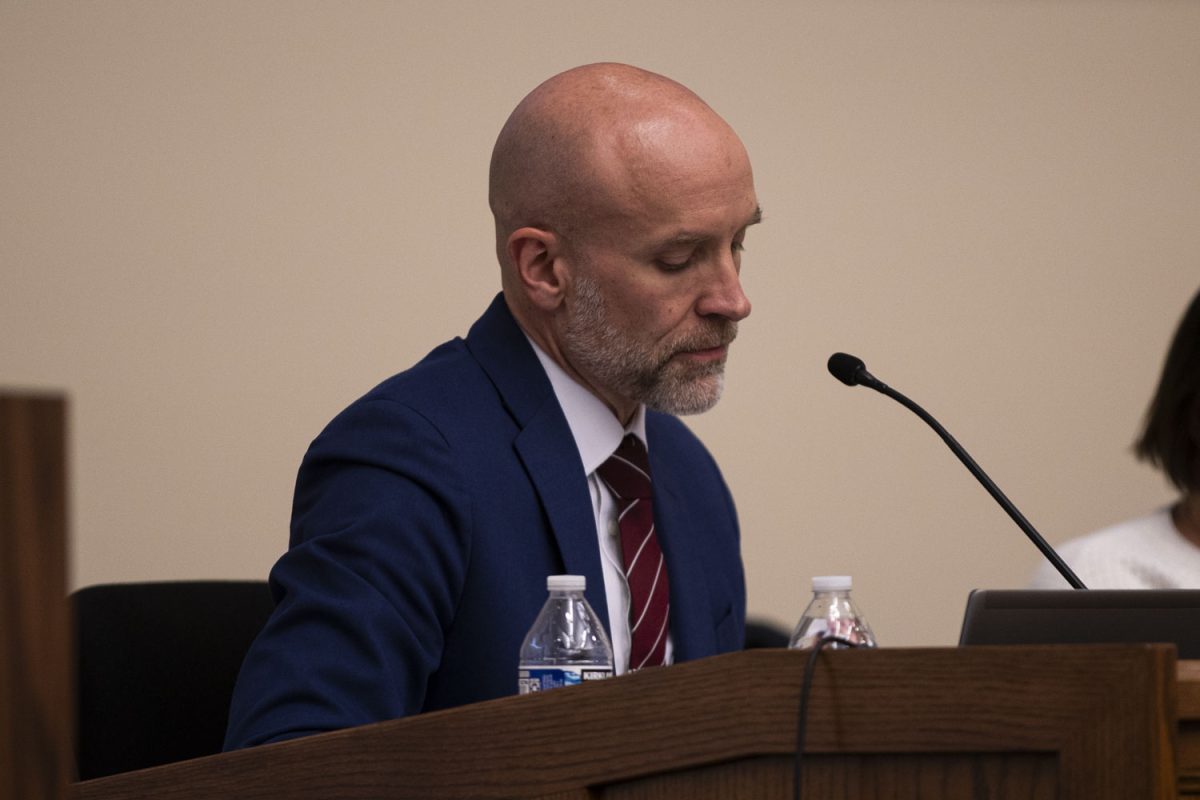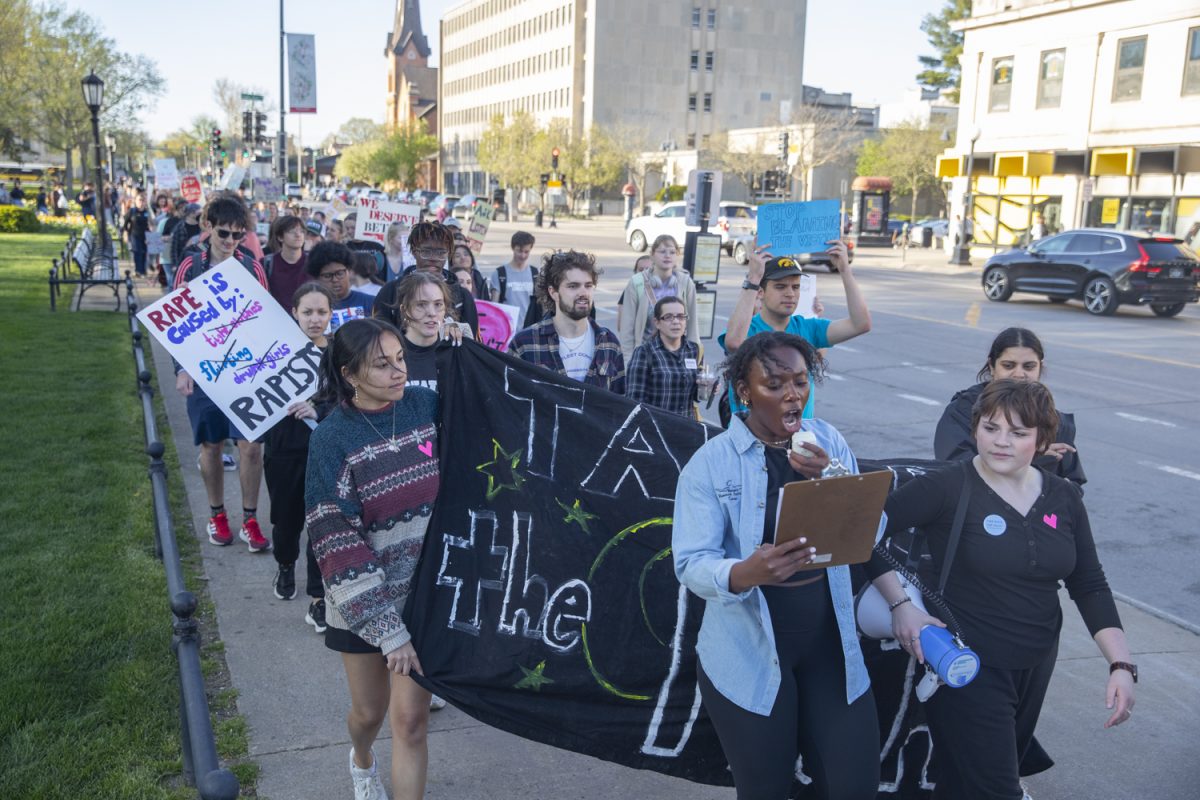Workplace bullying may be more common than previously thought, according to an Iowa State study.
The new study from Iowa State communication Assistant Professor Stacy Tye-Williams details that at some point in their lives, 54 million workers, around one-third of all U.S. workers, have faced some sort of workplace bullying.
“The numbers are staggering to me,” she said. “The fact that 35 percent experience it is very staggering.”
Tye-Williams’ study looked at ways those 54 million workers narrated their side of workplace bullying and communication techniques related to bullying.
A student worker at Tech Connection in the Old Capitol Town Center said that for him, the statistic is hard to believe.
“I haven’t really seen any sort of bullying while working here,” UI sophomore Christian Hernandez said.
Hernandez said although he hasn’t seen any bullying, that doesn’t mean options aren’t there for those who have been bullied.
“There are always resources outside of work here at the university that people can talk to,” he said.
UI Ombudsperson Cynthia Joyce, however, said the study makes sense. Around 50 percent of all the people who seek help in the Ombudsperson Office are related to workplace problems, with some of those being bullying, she said.
The Ombudsperson Office works with those dealing with problems to develop a plan to discuss the problem with Human Resources or come up with an alternate plan to solve the problem.
She said part of the reason workplace bullying is a tough problem to solve is the power dynamic behind the bullying.
“Most of the bullying we see is unintentional,” Joyce said. “[The bully] doesn’t even realize their behavior is hurting someone.”
She said some cases may never come to light, but those that are brought to the office’s attention are usually in situations in which people feel they have no other place to turn.
“People reporting come to [the ombudsperson] because they don’t know where else to go,” she said.
Joyce said people who are getting bullied in the workplace may have trouble finding people who will listen to them, because those being bullied are generally lower in the power dynamic between the bully and the target.
Another problem Joyce said arises with workplace bullying is the lack of policy in workplaces against it.
She said most places, including the UI, don’t have a policy against bullying in the workplace, and this can cause problems when people come forward.
The study quotes other studies that show targets for bullying report a lower sense of life and work satisfaction. They also reported total lost productivity costs from the bullying may be upwards of $180 million.
UI junior Camille Krall, a UI Hospitals and Clinics student clerk, said the number is much higher than she expected.
“I’ve never experienced bullying in the workplace at UIHC,” she said. “I’m surprised; I thought it would be less than one-third.”






